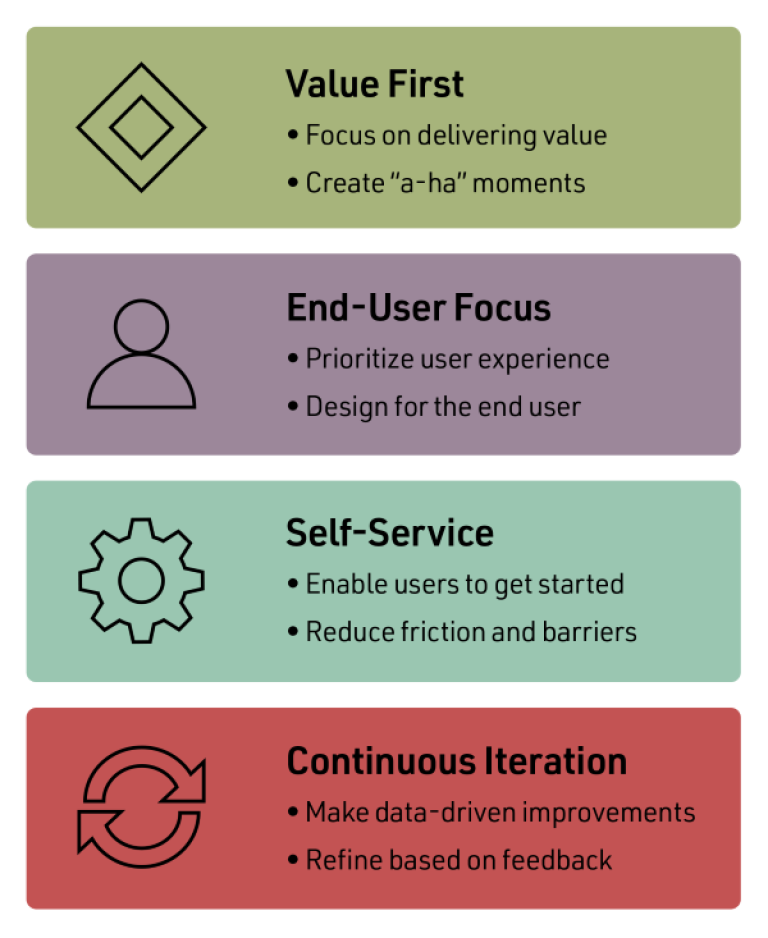
Fixing What You Can’t See: The SEI Advantage
“What if your product could sell itself? That’s the idea behind Product-Led Growth (PLG), a strategy where the product drives acquisition, retention, and advocacy by delivering value so effectively that users naturally convert and spread the word.”

In today’s fast-moving digital market, customers expect to see value before they buy. Traditional sales and marketing tactics are no longer enough to win their attention, let alone their loyalty.
Product-Led Growth (PLG) flips the script by making your product the main driver of acquisition, activation, and retention. Instead of pushing people toward a sale, PLG focuses on delivering such an exceptional user experience that customers naturally convert, return, and tell others.
In this guide, we’ll explore:
Product-Led Growth is a go-to-market strategy where your product is the core engine for business growth.
Instead of relying heavily on outbound sales or paid marketing, PLG creates a self-sustaining growth loop:
By prioritizing user experience, PLG turns your product into both the marketing channel and the sales representative.
The digital landscape is more competitive than ever. Customers:
PLG aligns perfectly with this shift - delivering value upfront, lowering acquisition costs, and creating loyal, engaged user communities.
Your product does the heavy lifting for user acquisition, reducing reliance on expensive ad campaigns and sales teams.
A product that consistently delivers value keeps customers engaged and loyal over the long term.
Users quickly experience the product’s benefits, moving from first interaction to paid usage faster.
Happy customers naturally become ambassadors, sharing your product with their network and fueling organic growth.

The AARRR framework (Acquisition, Activation, Retention, Revenue, Referral), also called “Pirate Metrics”, is a proven way to measure and optimize PLG performance.
1. Find your “Aha” moments
Identify the features or experiences that deliver the biggest value to new users.
2. Choose the right PLG tools
Leverage analytics, onboarding frameworks, and growth loop integrations to accelerate results.
3. Test, learn, and iterate
PLG is not a one-time setup, constantly refine your product based on data and user feedback.
Product-Led Growth is more than a strategy, it’s a mindset shift.
By putting your product and your users at the center of growth, you create a self-reinforcing cycle that scales organically, lowers acquisition costs, and builds long-term loyalty.
The companies that thrive in the next decade will be the ones that let their product do the selling.
Want to dive deeper? Read our whitepaper on Product-led growth to get detailed frameworks, examples, and implementation checklists.

Fixing What You Can’t See: The SEI Advantage